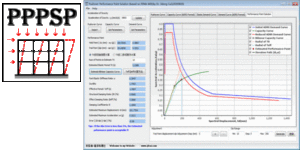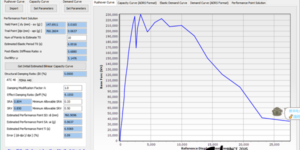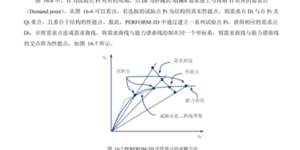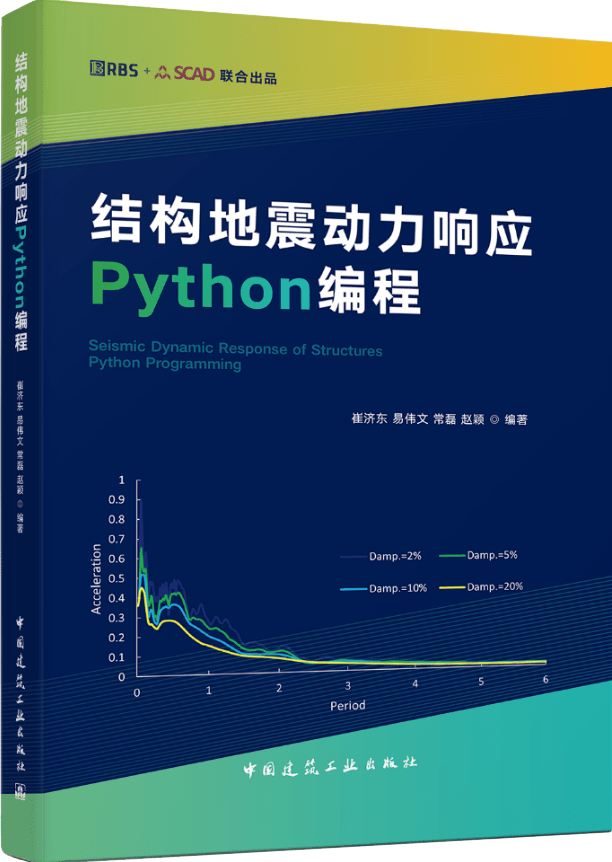[Tool][软件][Update] PPPSP V2020: Pushover Performance Point Solution Program [Pushover 分析性能点求解程序][Based on FEMA 440]
实干、实践、积累、思考、创新。 7月拖到现在11月,终于可以更新了...... 程序图标 ( Program Icon ) 程序介绍 ( Program Introduction) 基于FEMA 440等效线性化法 Pushover分析方法 的性能点求解程序。( A program for the Solution of Pushover Performance Point based on FEMA 440 Equivalent …




